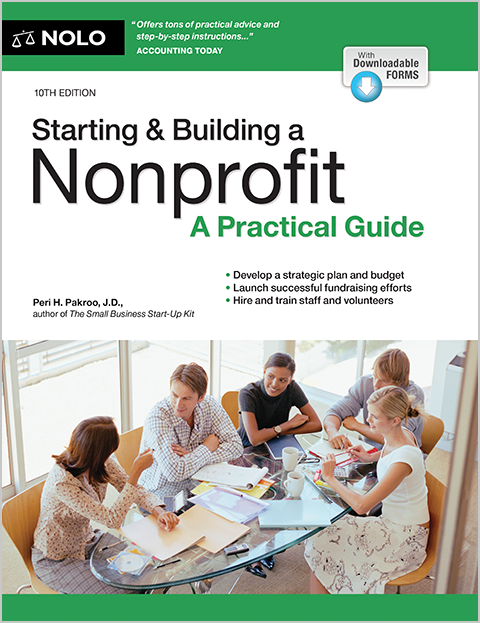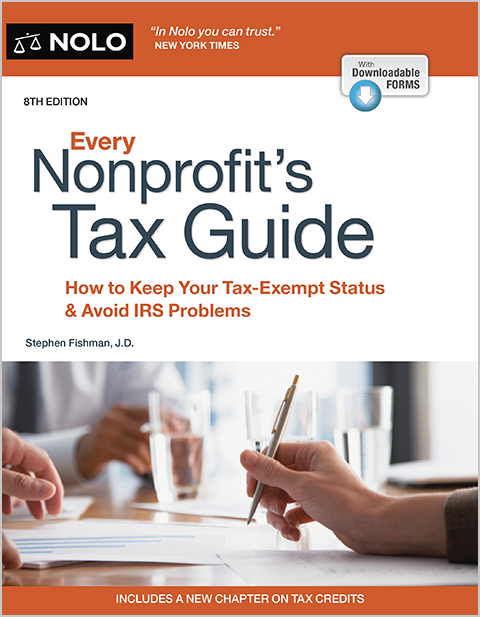Make sure you know how to do a comparable compensation analysis before you set salaries for your key employees.
A nonprofit's key employees are classified as "disqualified persons" by the IRS and are subject to special restrictions. Key employees include those who hold top-level positions such as the CEO; CFO; highly compensated employees--those who earn over a threshold amount; and substantial contributors.
The IRS says that a key employee who works for a nonprofit can only be paid a reasonable amount. Any amount above the reasonable threshold is an excess benefit that can result in IRS sanctions. Nonprofits would love to have concrete guidelines about how much is reasonable. Unfortunately, there aren't any. The IRS simply says that compensation is reasonable if the amount paid would ordinarily be paid for:
- comparable services
- by comparable enterprises (whether nonprofit or for profit), and
- under comparable circumstances.
In other words, you have to look at what other people doing similar jobs for similar organizations are paid. Your nonprofit and a comparable organization should be competing for the same pool of talent.
Comparable compensation data. The single most important element in determining whether an employee's compensation is reasonable is comparable compensation data—that is, data about how much compensation is paid by similar organizations for people working in comparable positions.
Comparable services. In determining whether one person's services are comparable to another's, you should consider such factors as the type of work and skills involved, whether the job is full time or part-time, the size and scope of the organization, the number of employees managed, the budget or assets managed, and whether the person manages multiple functions or departments.
Comparable enterprises. In determining whether another nonprofit (or profit) organization is comparable to your own, you should consider whether it is similar in:
- size—by budget, revenues, number of employees, and persons served, and
- mission—for example, a small private school should not be compared to a hospital or performing arts group.
Comparable circumstances. Consider such circumstances as whether the organization is located in a similar geographic area—for example, whether it is urban or rural, and whether the cost of living is similar.
Other factors. Other factors can be considered as well. Depending on the circumstances, these may include:
- the nonprofit's geographic location
- economic conditions
- the employee's duties and past performance history
- the amount of time the employee spends on the job
- the person's compensation history
- the employee's background, skills, education, and experience
- whether the employee has actual written job offers from other organizations, and
- how much other employees at the nonprofit are paid, and the availability of similar services in the nonprofit's geographic area.
A rent study of nonprofit CEO compensation by Charity Navigator, a nonprofit that evaluates and rates charities, found that, other than comparable compensation data, the most important additional factors are the nonprofit's size, mission, and location. The study reported that:
- Nonprofits with total budgets greater than $13.5 million paid higher than average compensation, while those with under $3.5 million paid less than average.
- Nonprofits in the Northeast and Mid-Atlantic regions paid above average compensation, while those in the South, Southwest, Midwest, Mountain West, and Pacific West paid less than average.
- Nonprofits whose mission were in the areas of the arts, culture, humanities, public benefit, and health paid more than average compensation, while those involved with animals, the environment, human services, and international affairs paid less than average.
If this all sounds pretty subjective, that's because it is. The compensation nonprofits pay their employees for doing similar jobs can vary widely.
There are a lot of resources for compensation data reports for nonprofits compiled by geographic region, sector, budget, type of organization, and so on. You can find many options online (like Guidestar) although you will probably have to pay for the report. It's good assurance though that you have done your required compensation analysis in case the IRS ever asks.
For more information on running your nonprofit, see our book, Starting & Building a Nonprofit, by Peri Pakroo (Nolo).



